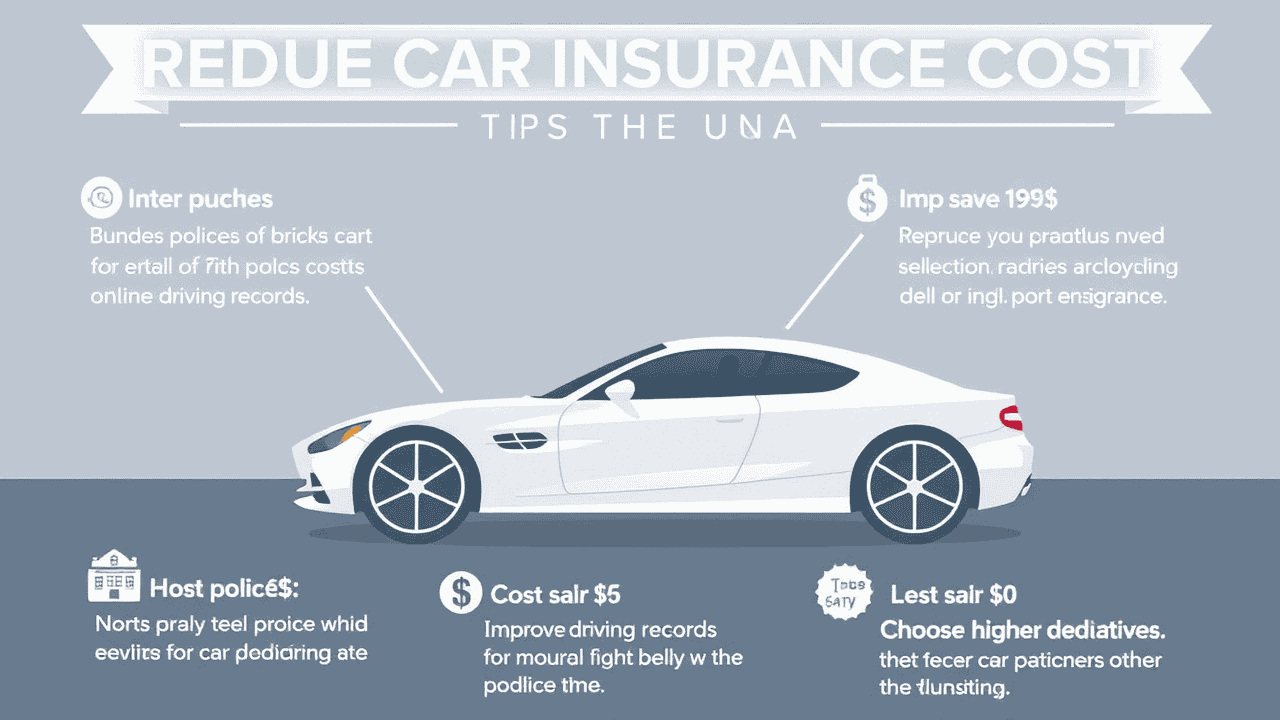If you own a car in the United States, car insurance is not just a necessity—it’s a legal requirement. However, paying for car insurance doesn’t have to drain your wallet. With some strategic adjustments and insider knowledge, you can trim your premiums without compromising on coverage. In this guide, we’ll explore innovative ways to reduce your car insurance expenses while staying fully protected.
Why Focus on Reducing Car Insurance Costs?
Car insurance premiums can take a significant chunk out of your monthly budget, especially if you live in a state with high average rates. While coverage is essential for financial protection, there are plenty of opportunities to save money. By adopting smart strategies, you can lower your costs while ensuring you’re adequately covered in case of accidents or other mishaps.
1. Compare Multiple Insurers
One of the simplest yet most effective ways to save is by shopping around. Insurance rates vary widely between providers, so it pays to compare quotes from at least three to five companies. Use online tools or work with an independent insurance agent to gather competitive offers. Don’t forget to check both national and regional insurers, as smaller companies sometimes offer better deals.
Insider Tip:
When comparing quotes, ensure you’re evaluating similar coverage levels to avoid misleading comparisons.
2. Opt for a Higher Deductible
A deductible is the amount you pay out-of-pocket before your insurance coverage kicks in. Choosing a higher deductible can significantly reduce your premium. For instance, raising your deductible from $250 to $1,000 could cut your annual cost by a noticeable margin. Just make sure you have enough savings to cover the deductible in case of an accident.
3. Combine Policies for Savings
Many insurers offer discounts when you bundle multiple policies, such as home, renters, or life insurance, with your auto policy. This not only simplifies your finances but also reduces your overall costs. Ask your insurer about multi-policy discounts and see how much you can save by consolidating your coverage.
4. Leverage Available Discounts
Insurance companies provide numerous discounts that many drivers overlook. Here are some lesser-known ways to save:
- Safe Driving Programs: Some insurers reward drivers who complete defensive driving courses.
- Student Discounts: If you’re a student with good grades, you might qualify for reduced rates.
- Low Mileage Rates: Drivers who log fewer miles annually often receive lower premiums.
- Vehicle Safety Features: Cars equipped with advanced safety features like anti-lock brakes or lane departure warnings may qualify for discounts.
- Military or Professional Discounts: Active military members, veterans, or employees of certain organizations may be eligible for special rates.
Always inquire about available discounts—you might be surprised by how much you can shave off your premium.
5. Maintain a Strong Credit Profile
In many states, insurers use credit scores to assess risk and determine premiums. Drivers with higher credit scores are typically seen as more responsible and may qualify for lower rates. To boost your credit score:
- Pay bills on time.
- Reduce outstanding debts.
- Avoid opening unnecessary credit accounts.
Even small improvements in your credit score can translate into meaningful savings on your car insurance.
6. Practice Defensive Driving
Your driving history directly impacts your insurance rates. Accidents, speeding tickets, and other violations can lead to higher premiums. On the flip side, maintaining a clean record can help you secure better rates. Practice safe driving habits, such as obeying traffic laws and avoiding distractions, to keep your record spotless.
7. Reevaluate Your Coverage Needs
As your car ages, its value decreases, which means comprehensive and collision coverage may no longer be worth the cost. Consider dropping these coverages if the potential payout is less than the annual premium. Use online tools to estimate your car’s current value and weigh the pros and cons of keeping full coverage.
8. Pay Annually Instead of Monthly
Many insurers charge additional fees for monthly billing. If you can afford it, pay your premium annually to avoid these extra charges. Some companies even offer discounts for paying upfront, which can further reduce your costs.
9. Explore Usage-Based Insurance Programs
Usage-based insurance programs track your driving habits through a device or app and reward safe behavior with lower premiums. If you’re a cautious driver who logs fewer miles or avoids risky maneuvers like hard braking, this could be an excellent way to save. Many insurers now offer these programs, so check if your provider has one.
10. Review Your Policy Regularly
Your insurance needs may change over time, so it’s crucial to review your policy periodically. For example, if you’ve paid off your car loan, you might no longer need gap insurance. Similarly, moving to a safer neighborhood or reducing your commute could qualify you for lower rates. Make it a habit to reassess your coverage annually.
Final Thoughts
Reducing your car insurance costs doesn’t require drastic measures—just a bit of planning and effort. By comparing quotes, leveraging discounts, and adjusting your coverage, you can save money while staying fully protected. Remember, every dollar you save on car insurance is a dollar you can allocate toward other priorities.
Start implementing these strategies today, and take control of your car insurance expenses. Drive safely, stay informed, and enjoy the satisfaction of knowing you’re getting the best deal possible.
